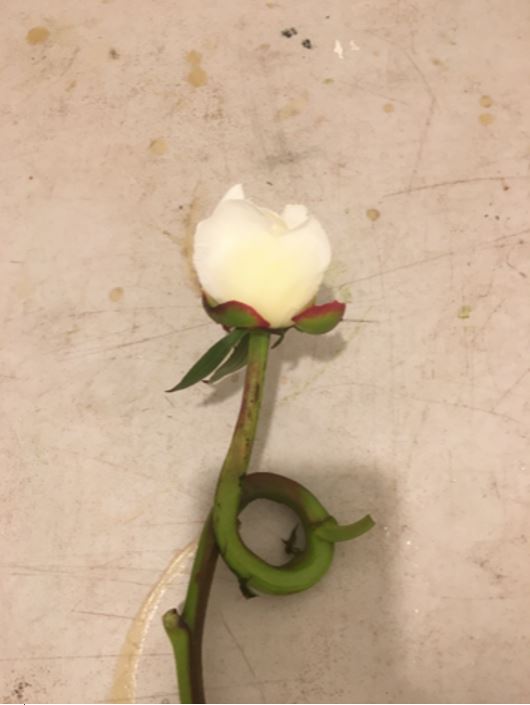Peony Varieties Part 2
January 3, 2021
Peony Varieties
There are literally thousands of peony varieties. Breeders are constantly coming up with 'new' discoveries. Often these 'new' varieties look very, very much like an already existing variety. In my opinion, the intent perhaps to have a flower named after you might be the foremost difference than a variety already in existence.
I've had very, very distinguished visitors on my farm including Don Hollingsworth, and when I asked them, what is this variety? Without exception they would give me several choices confirming my statement, many varieties look exactly alike. However, there may be some important different growing features. Perhaps a higher flower yield or a stronger or longer stem and so forth. I'm sorry to say, unless you have a burning desire to spend the time to research all these different aspects, I suggest you stick to the tried and true varieties already identified as a good cut flower variety, even if a bit more common. I promise, there are certainly enough of these to trial for a lifetime.
I think one of the biggest mistakes many peony farmers make is growing too many varieties. It complicates your entire operation from learning/training for harvesting all the way to a confusing web or e-commerce site. An early and a late Variety for each color and maybe two or three special varieties is more than sufficient to meet the market needs. Deciding which of the thousands of varieties is totally another story. There are definite criteria for the best cut flower choices.
Stems
To get the best price for your flowers, choose varieties with long stems to produce 60cm cuts. There are some varieties with really special features still acceptable even though shorter stemmed. An example is Red Charm. Many growers argue the buyers don't need that long 60cm stem but 50 should be enough. This is a long ongoing controversy. However, when you ship a bundle of flowers to your grocery store or your florist, the first thing they do is cut off 7 to 10 cm of stem and plunge them into a bucket of water to revive them. So our guideline is 60 cm whenever possible without jeopardizing the health of the plant. Stems should be very strong. Seems like a no brainer really but many varieties have very wimpy stems.



Colors
Before you can make a good choice you really need to know your market. In an earlier example I used New Zealand. Their season corresponds with Christmas. Therefore they are heavy in reds and whites. They still grow other colors but in smaller volumes because often you'll get an order for hundreds of whites but also maybe 30 pinks or reds. If you have no pinks or reds, you lose the entire sale. Earlier season farms grow a lot of pink for Mothers Day etc. There are marketing considerations other than holidays to influence your color decisions. Brides love white and blush. Grocery stores like choices or different colors because they have a very broad customer base. Ethnic or religious groups also have preferences for different occasions.
If you know your market you are way ahead of the game. A commercial peony farm in Alaska had never been done when I started. I had no idea who would be willing to pay higher prices for our peonies. Our farming costs are much higher than most peony farms due to our extreme weather and freight costs for everything from roots to lime and fertilizer so I need a higher per stem price point. Because of all these unknowns, I made most all of the mistakes possible. Thus why I blog so you don't make those same very expensive mistakes.
Foliage
Another consideration, while not at the top of the list, can make a difference. Some varieties have very few leaves towards the bottom of the stems. When processing for shipping, you remove all but the top three tiers. Thus less bottom leaves means less to remove. Some leaves are definitely more attractive, shinier, stay hydrated longer etc. but these are all minor considerations and you won't find this information easily. Another reason to volunteer on a farm.
Our web site has pictures of most of the varieties we grow. It's a starting point. Another web site with tons of information is www.paeo.de. Caution however as anyone can submit info for this site and some are definitely incorrect. It's pretty obvious however when there are 10 pictures alike and one totally different in the references. www.homestratosphere.com
One final color point. Root prices are varied based on many options Including size of roots (roots discussed in another blog) and availability. A beautiful large pink Sarah root might sell for $5 but a more rare, yellow flower root price tag might be closer to $50.
Categories
- Marketing (2)
- Post Harvest (6)
- Starting a New Farm (11)
